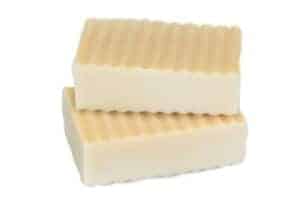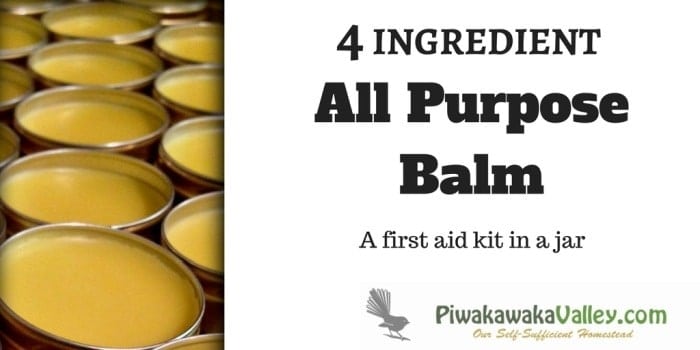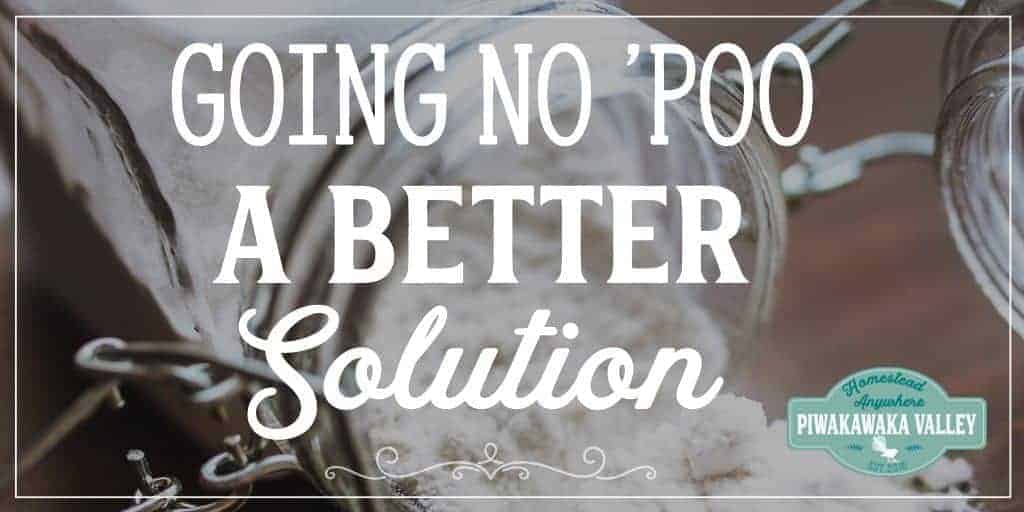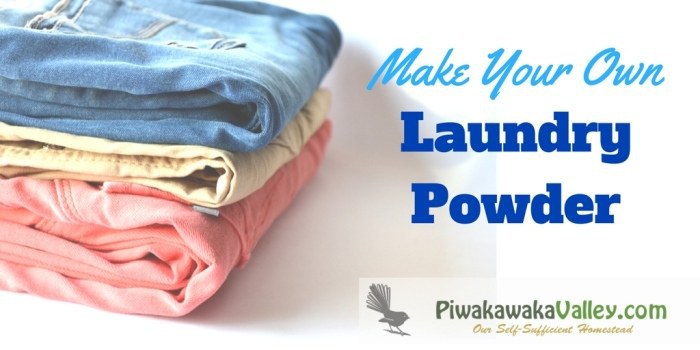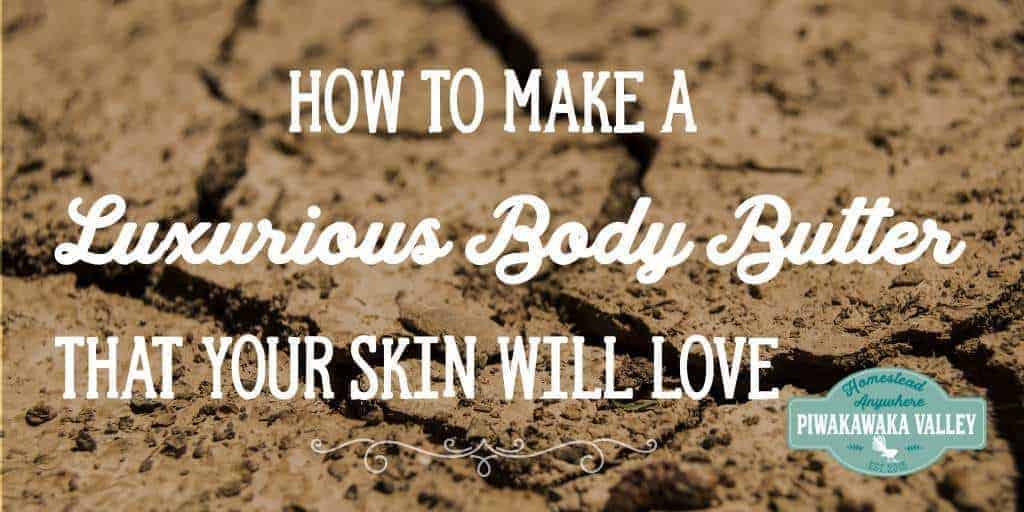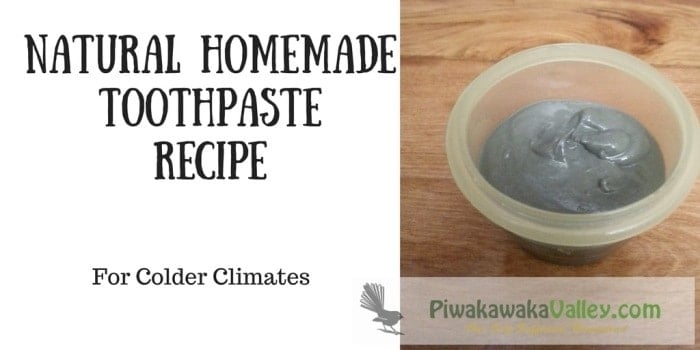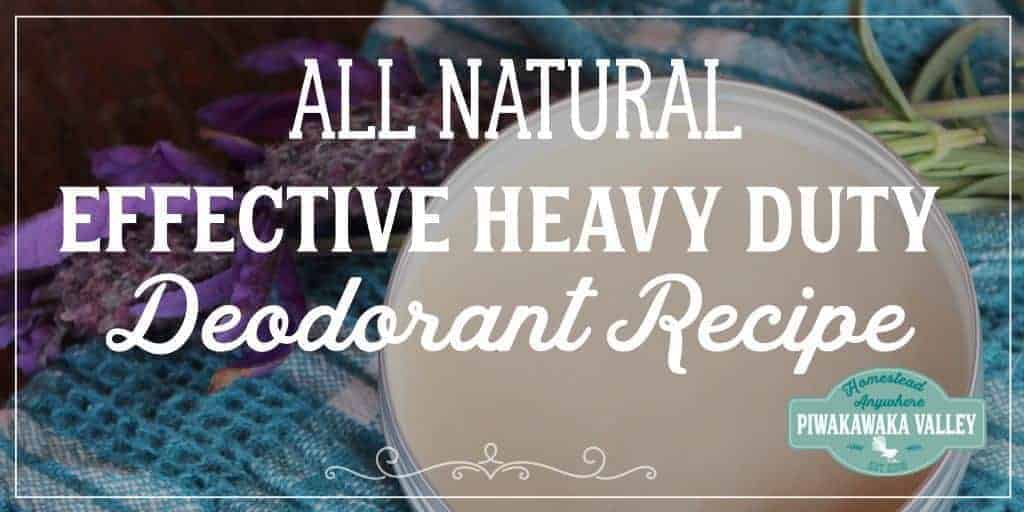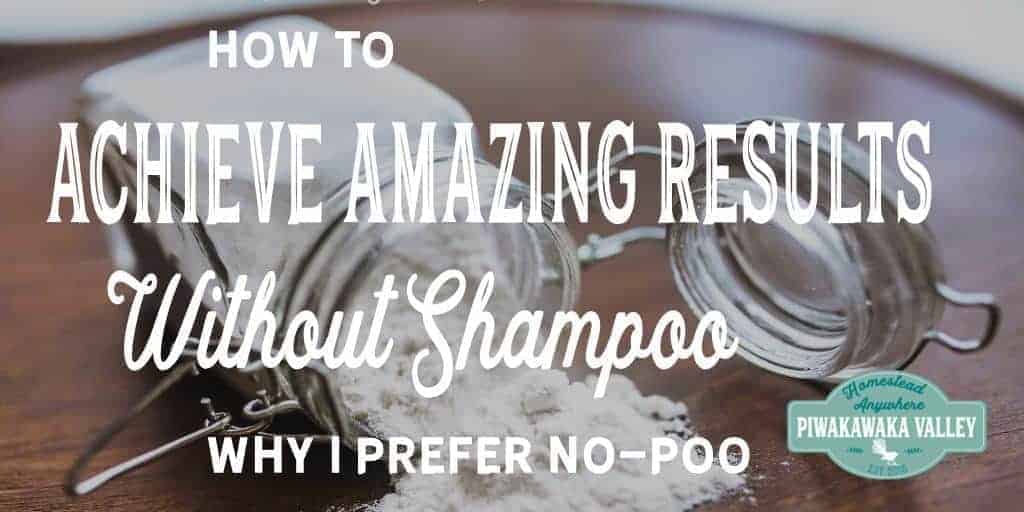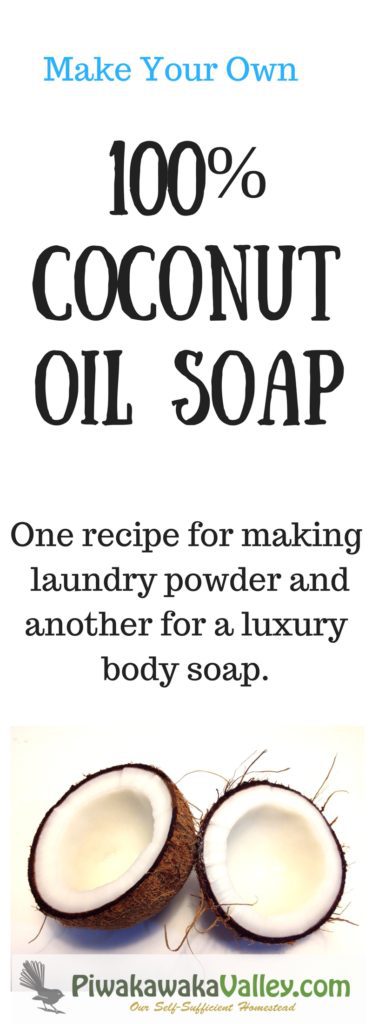This post was most recently updated on June 1st, 2021
If you are looking for a pure coconut oil soap recipe, you have come to the right place! Below I have two recipes for handmade coconut oil soap that use coconut oil that you can get at most supermarkets and big box stores. You can use either virgin coconut oil or a deodorized refined coconut oil. Fractionated coconut oil has different properties and is best not used in this soap recipe.
Please read: This information is provided for educational purposes only and is not intended to treat, diagnose or prevent any disease. We encourage you to make your own health care decisions in partnership with a qualified health care professional.
This post contains affiliate links, this means at no extra cost to you, we make a commission from sales. Please read our Disclosure Statement
If you want, you can use coconut milk instead of the water, but you will have to run the recipe through a soap calculator to account for the additional fat in the coconut milk.
You can add essential oil to scent your soap, I suggest 2ml of your preferred fragrance. For a fresh scent, a mix of lavender and tea tree is nice, alternatively I also really like sweet orange and vanilla.
Why you might want a pure coconut soap recipe
A simple castile soap is made of only olive oil, and it is nourishing and easy to make, however the bars are often soft and do not last long. Traditionally, soaps are made from several oils blended to balance cleansing/moisturizing/and lathering and lasting properties. In the soap making world one of the well known “rules” is that a soap should never be made of more than 30% coconut oil
This is because pure coconut oil soap is so effective at breaking up oil/grease that it can be drying to use. For a bar soap for personal use this is a bad thing, for cleaning things like clothes, it is fantastic! For skin care we tend to use a goats milk soap .
However if you want to make a pure coconut oil soap for using on your skin, it is possible! There is a method called ‘super fatting’ where you add additional fats over and above that which is calculated to react with the lye. The additional fats that don’t have a matching amount of lye to saponify it will remain as oils in the soap.
RELATED: 4 ingredient balm recipe
Below is two recipes, one for a 0% superfatted coconut oil soap to use purely to make your own washing powder.
The second is a 20% superfatted pure coconut oil soap – basically the 1/4 moisturizing cream, without all the extra cruddy chemicals and processing that goes with it.
If you found this recipe useful, be sure to check out my friends at the Herbal Academy’s course on making your own wonderful skincare at home.
What are the benefits of homemade soap?
Homemade soap has some benefits. The first one being that you know exactly what is going in to your soap, and if you have skin complaints like eczema or psoriasis you can avoid adding chemicals or oils that you know that you react to.
If you have a cheap and readily available source of fat (like beef tallow or lard) you can make soap at home for only the price of the lye you are using. Homemade soap recipes also let you add super luxury ingredients like shea butter or cocoa butter to make them very moisturising. Adding a small amount of castor oil will greatly improve the lather qualities of your soaps as well.
To make your own soap recipe it is as simple as adding the fats you want to use in to a lye calculator.
Pure coconut oil soap makes a wonderful laundry soap as it doesn’t leave an oily film like many other bar soaps do. You can simply grate up the soap bar, and use it, or you can add other ingredients to make a laundry powder.
Making Coconut Oil Soap At Home
Before you attempt making cold process soap at home watch a few videos on youtube so you get a feel for it, something like this one:
What You Need to Make Coconut Oil Soap at Home:
A 2-cup glass bowl
A 2 Quart glass batter jug or bowl (2 Litre)
Accurate digital scales
A mold to pour the soap into – I like my silicon soap tin.
A stick blender
A rubber/silicon spatula
Rubber gloves and eye protection
“Aside from a couple of special items, soap making uses more or less the same tools that cooking does. Many soap makers use their regular kitchen equipment and do it safely. Yes, you’re using lye, but lye isn’t plutonium. It’s easily neutralized, diluted, and removed. If you wash your equipment carefully, there’s no reason not to use your kitchenware. ‘ Carefully ‘ is the key word here – you don’t want soap in the soup, or soup in the soap.” Source: Smart Soapmaking
Lye concentration or purity of NaOH
Most lye that you buy commercially these days is 99-100% pure. This recipe is designed to use 100% pure lye, if you are using less than that it is not dangerous, but you will end up with excess fat at the end of the recipe. To adjust the recipe for the purity of the lye that you have, please use a soap making calculator.
100% Pure Coconut Oil Soap Laundry Bar Recipe
For a one Litre/Quart mold you need:
700g/24.6oz coconut oil – if you are given the choice you want the normal 72F melting point one, not the 91F one.
124g/4.37oz lye – sodium hydroxide
231g/8.14oz water (some say distilled water is best, we use our un-treated rain water)
Directions
Put on rubber gloves and eye protection. Slowly pour the lye into the water, never the water into the lye , as it spatters and is dangerous.
Be careful not to inhale the vapors – they stink and they burn and I am guessing they ain’t good for you!
Mix the sodium hydroxide very carefully with the water until dissolved, it does heat up so just watch yourself. Set it aside to cool for a while.
While the lye solution is cooling melt the coconut oil gently in a pot. Ideally, you would aim for both the oil and the lye solution to be around 40 degrees Celsius – I never use a thermometer, I just guess that it is a comfortable warmth.
PLEASE DO NOT check the temperature of the lye with your finger!! Just feel the outside of the bowl, it should be comfortably warm.
Once both mixtures are about the same temperature, get your spatula and mold at the ready, turn the stick blender on in the melted oil and slowly & carefully pour in the lye solution.
Continue to beat with the stick blender until “trace” which is when it thickens and goes the consistency of instant pudding. It can take up to 5-8 minutes, or as little as 2-3 minutes, just watch it closely.
Once you have hit that point, put down the stick blender and pour the mixture into your mold.
Sit your soap aside to cool.
Tips for once your Soap is Poured
You may like to sit your mold in a roasting dish or similar because sometimes with pure coconut oil soaps it can overflow and volcano out of its mold as it continues to heat up over the next few hours – I have never had this problem, but it is up to you, don’t say I didn’t warn you!
Unlike other bars which need to harden for 24 hours before being cut, coconut oil makes a very hard bar that will be difficult to cut if you let it dry too long. Cut as soon as it’s cool and firm.
In an area with good air flow, place bars on a rack/tray with about an inch of space between them. Allow them to dry out and harden for another few days.
Though you can try your first bar after a couple of days for laundry, it’s best to let them sit for 2-3 weeks to let the conditioning properties fully develop and the lye to fully react out of the bar if you want to use it on your skin.
100% Pure Coconut Oil Soap Recipe Super-fatted
This recipe is superfatted to a whopping 20% which leaves it super moisturizing and lush.
For a one litre/quart mold you need:
700g/24.6oz coconut oil – if you are given the choice you want the normal 72F melting point one not the 91F one.
100g/3.52oz lye – sodium hydroxide
231g/8.14oz water
Follow the above directions the same, but you can add 5ml of your favorite essential oils during the beating. Just be aware some oils greatly speed up the setting times, vanilla and lavender essential oil for example. I have had more than one batch set in the bowl, so be ready to move fast!!
Do you have to use lye to make soap?
These recipes call for lye, also known as sodium hydroxide (or potassium hydroxide if you are making liquid soap).
Lye has many uses, and the one that concerns many is the fact that it is so caustic that it is used as drain cleaner to dissolved clogs in the drain. So surely this cannot be safe to put on our skin?
A fear of lye really comes from not understanding how the soap making process works and how it chemically changes the structure of the lye when you mix it with oil and it saponifies.
Saponification happens when you mix a caustic (very alkaline) chemical with oil or fats. There is a chemical reaction that combines the lye and the oils and creates a whole new chemical.
Soap, when made from a properly balanced recipe, has very little free lye left in the bars, and as you leave them to cure for 2-4 weeks the last of the lye will react with the last of the fats and will end up a neutral, safe pH.
If you spill any lye solution, step back quickly. Make sure you are wearing gloves, pour vinegar over the spill to help neutralize the lye and then carefully mop it up with a rag.
Hot Process soap vs Cold Process soap
The main difference between hot process soap and cold process soap is that when you cook out the hot process soap (also called crock pot soap) in the crock pot it ensures that the very last of the lye is reacted, so the soap is ready and safe to use as soon as it is cooled, it does not need to be left to cure.
Many people prefer to use the cold process because it is faster and less fiddly when you are actually making the soap, and if you are using milk or colours in your soap the cold process will give you a prettier outcome.
If you are interested you can check out my recipe for homemade laundry powder and home made laundry liquid soap.
Do you make your own soap at home? Are you keen to try? Let me know how you get on!
For further reading I recommend:
Please Pin and Share with your friends!
Save

